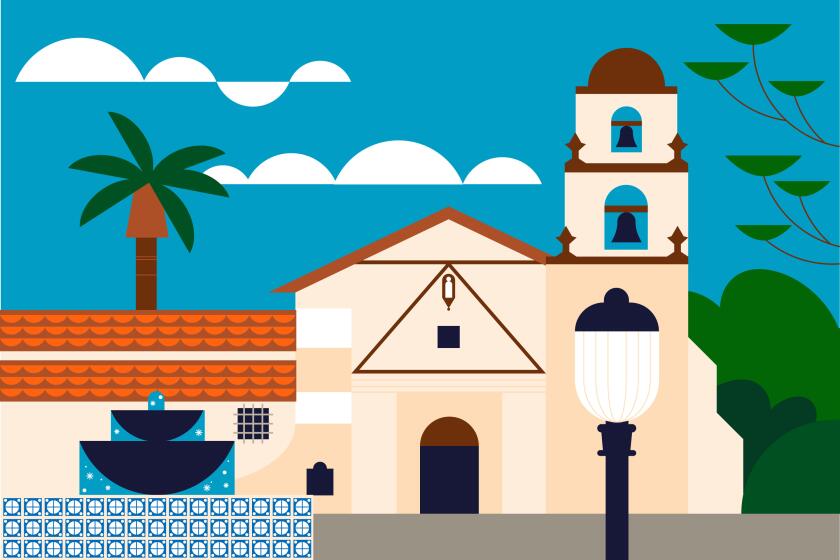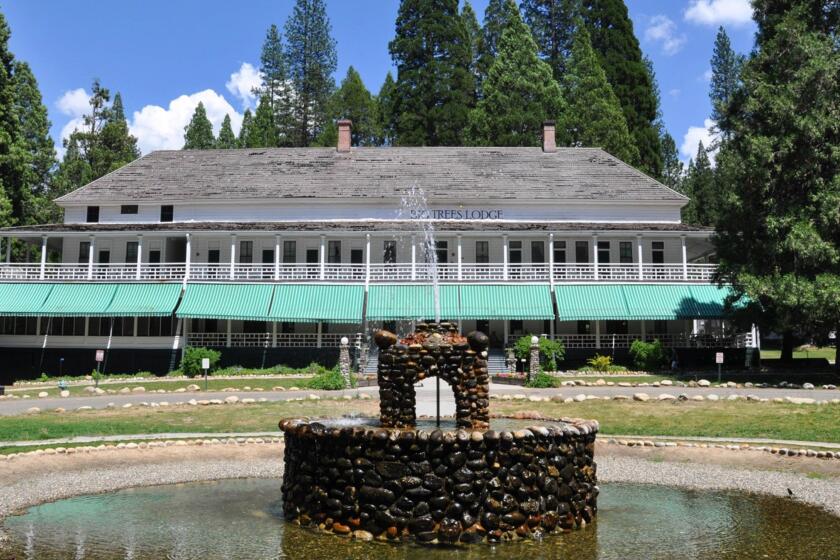Pennsylvania’s Sacred Spot
Last fall, Paula Pluta’s couch hugged the wall so she could look through her large window at the hayfield and modest hickory forest across the road. Today, the couch is turned toward the TV so Paula can’t see out. “My husband, Andy, was at work then,” she said. “He looks out now and sees deer over there. Me, I can only see that big plane and, then--oh, my God!--that fireball.”
As spring makes its methodical way through the southern Pennsylvania hills that locals call mountains, many things have changed here--and beyond. Some changes since 9/11 are big, some seasonal. Bright yellow coltsfoots bloom by the roadside again. Snow was sparse this winter, but streams flow brisk and chilly. The radio weight-loss ads are back in advance of swimsuit season, but merchants keep ice salt out front in case. Red-winged blackbirds call from fence lines and geese honk around ponds, including one just over from a muddy hole that’s drawing a new migration: the crash site of Flight 93.
Not much certain is known about that flight, which is why the simple field and 44 deaths fascinate so many who visit and those far away. Exactly what happened aboard that hijacked plane that turned toward Washington can only be imagined. Would it have crashed into the Capitol? The White House? Been downed by U.S. missiles? Why did that silver plane slowly lose altitude over Ohio and Pennsylvania? When it sailed over the hill so low that some on the ground saw faces inside and so noisily that cows fled to the woods for a week, was it trying to land? Why did the plane flip at the end? Cockpit tapes prove little.
The distant crash spot, the vast open area of still-brown grass cloaking an abandoned strip mine and the newly graveled overlook can be anything anyone imagines. A sudden cemetery and sacred site, it’s also a crime scene; the FBI returns next month for a springtime sweep. A sheriff’s deputy sits 24-hour guard. By the hundreds daily, pilgrims drive the twisting roads past crumbling barns, tidy gardens and depleted stacks of firewood. They stroll quietly, leaning into the constant wind that cracks the flags, topples flowers and photos and whips hats back toward Pittsburgh. One woman played her harp for an hour. Two busloads of Minnesota women came to pray.
Residents near other tragedies grow tired of the demanding attention, the media and sightseers. Not Shanksville. For local volunteers like Nevin Lambert and Donna Glessner it’s a responsibility that fell, literally, from the sky. They stop by to explain patiently to strangers what’s known and not. Passengers and crew wouldn’t have known about the World Trade Center or their likely doom if Flight 93 had been on time. They mutinied. Did they crash on purpose? No matter, they’re accepted heroes. Thousands of mementoes, poems, painted stones and messages are left and carefully preserved by local historians, pending a permanent memorial. “Angels Gather Here,” says one. A high school girl built a bench for a class project, so many sit and pray and think.
They think this is a very peaceful place. They think if terrorists sought to spawn enduring fear, they surely failed. Even with the immense empty field, no one feels alone. Strangers acknowledge each other silently at the site as they walk or sit and think. They think whatever happened overhead and way down by the trees, the innocents on board were more heroes than victims. And they think recovery has started.
Paula Pluta keeps her Steven and Marissa playing near the house now. She visits the site rarely. But sometimes this spring she looks out that window and she too thinks. “Back then,” she said, “you couldn’t imagine the evil that would do this. But what came out of it all, for us anyway, was just this powerful niceness of everyone, even strangers. You can’t see it out there. But you can feel it in here.” And with that, the eyewitness touched her heart.
Sign up for The Wild
We’ll help you find the best places to hike, bike and run, as well as the perfect silent spots for meditation and yoga.
You may occasionally receive promotional content from the Los Angeles Times.



